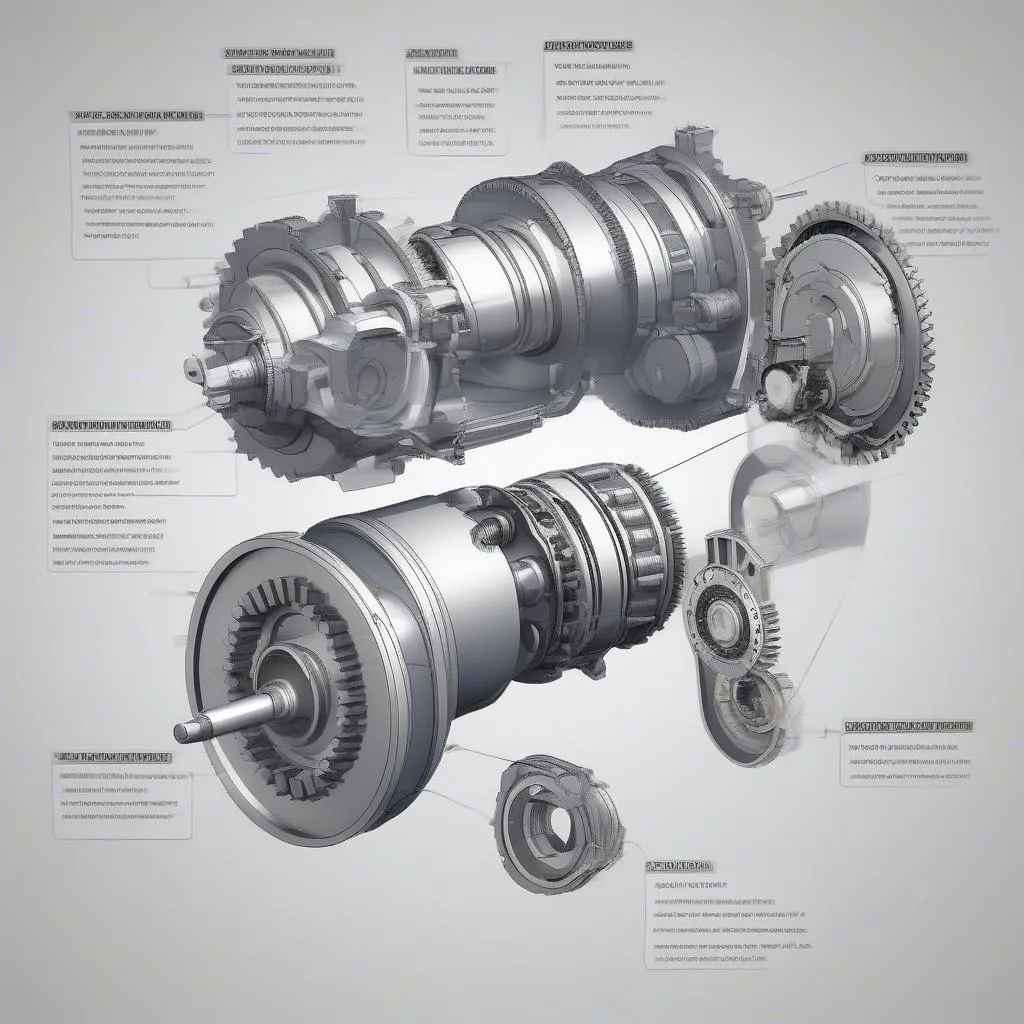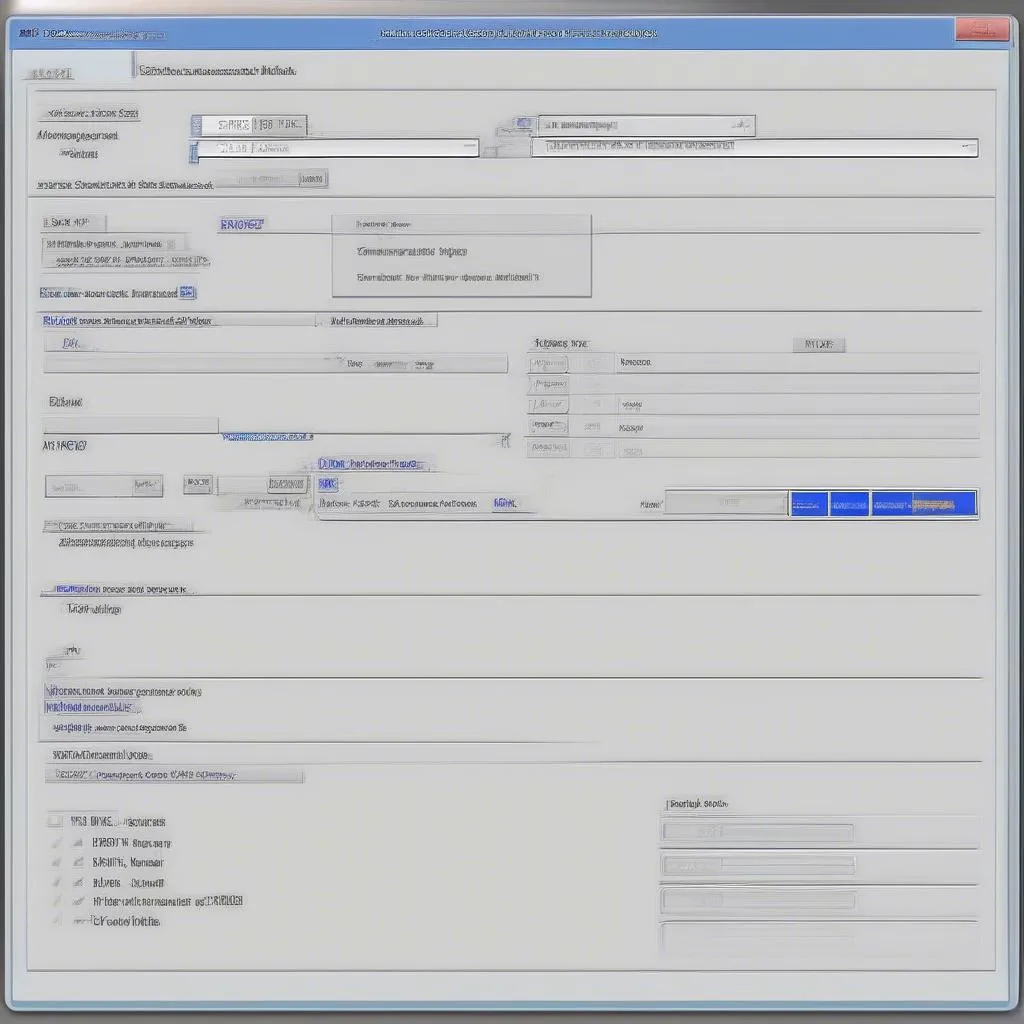Owning a car with a DSG transmission offers a world of benefits, from lightning-fast shifts to impressive fuel efficiency. But like any sophisticated system, it requires proper maintenance. That’s where VCDS DSG clutch adaptation comes in. This procedure ensures your DSG transmission continues to operate smoothly and efficiently.
This article delves into the intricacies of VCDS DSG clutch adaptation, addressing common questions and providing insights for both seasoned mechanics and car enthusiasts.
Understanding VCDS DSG Clutch Adaptation
What is VCDS?
VCDS, short for VAG-COM Diagnostic System, is a powerful diagnostic software designed for vehicles in the Volkswagen Audi Group (VAG). It allows you to access and modify the various control modules within your car, including the transmission control module (TCM).
What is DSG Clutch Adaptation?
DSG, or Direct-Shift Gearbox, relies on two clutches to preselect gears for seamless gear changes. Over time, clutch wear and tear can affect the transmission’s performance. DSG clutch adaptation helps compensate for this wear by recalibrating the clutch points, ensuring smooth engagement and preventing issues like shuddering or slipping.
 DSG Transmission Diagram
DSG Transmission Diagram
Performing a VCDS DSG Clutch Adaptation
Important Note: Before attempting any modifications with VCDS, it’s crucial to understand that incorrect adjustments can potentially harm your vehicle. If you’re unsure, it’s always best to consult with a qualified automotive technician.
Here’s a simplified overview of the process:
- Connect VCDS: Connect your VCDS interface to your vehicle’s OBD-II port and launch the software.
- Access the TCM: Navigate to the “Select Control Module” section and choose “Transmission.”
- Basic Settings: Go to “Basic Settings” and select the appropriate adaptation channel for your specific DSG transmission model.
- Follow Instructions: The VCDS software will guide you through the adaptation process, which usually involves following specific driving patterns.
 VCDS Software Screenshot
VCDS Software Screenshot
Benefits of VCDS DSG Clutch Adaptation
Performing a VCDS DSG clutch adaptation can lead to several benefits:
- Smoother Shifting: By recalibrating the clutch points, you can experience smoother, less jerky gear changes.
- Extended Clutch Life: Proper adaptation can help extend the lifespan of your DSG clutches by ensuring even wear.
- Improved Performance: Optimal clutch engagement can lead to improved acceleration and overall transmission performance.
Common Questions About VCDS DSG Clutch Adaptation
Q: How often should I perform a DSG clutch adaptation?
A: There’s no set interval. Some experts recommend performing it every 30,000 miles or after any significant work on the transmission, while others suggest doing it as part of regular maintenance.
Q: Can I damage my transmission by performing a VCDS DSG clutch adaptation incorrectly?
A: While rare, it’s possible to cause issues if the adaptation is not done properly. Always follow the instructions carefully and consider seeking professional help if you’re uncertain.
Q: Can I use VCDS for other maintenance tasks?
A: Yes! VCDS offers a wide range of functionality, including reading and clearing fault codes, monitoring sensor data, and performing other adaptations.
Cardiagtech: Your Partner in Automotive Diagnostics
Need help with VCDS or other automotive diagnostic tools? At Cardiagtech, we offer a wide range of products and resources to help you take control of your vehicle’s maintenance.
Contact us today, and let our team of experts assist you with all your automotive diagnostic needs.


